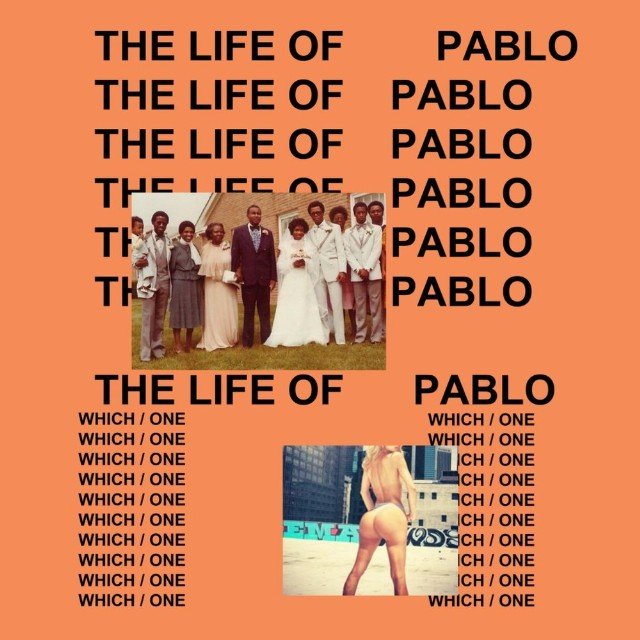
How does a character earn our trust?
JT Mollner’s Strange Darling is a film that cleverly toys with audience expectations, using the familiar tropes of horror thrillers to challenge our assumptions and biases. From the very beginning, the film throws us into a narrative already in progress, leveraging decades of cinematic conventions to engage viewers in a complex, thought-provoking exploration of empathy.
What makes the movie so intriguing is how it slowly shifts from what appears to be a typical horror-thriller into something much more unexpected and subversive. The film works hard to keep its core premise fresh and unpredictable. With stunning cinematography, sharp direction, and exceptional performances from its leads, Strange Darling manages to captivate and entertain while pushing the boundaries of the genre in new and exciting ways.
TOP FIVE OF “STRANGE DARLING”
5. The Visuals
Strange Darling stands out not only for its narrative ingenuity but also for its exceptional visual craftsmanship. The film proudly announces its use of 35mm film right from the start, a choice that pays off magnificently. The result is a stunning visual experience that enhances every aspect of the story.
Cinematographer Giovanni Ribisi, making his feature film debut, delivers a striking and varied visual style that captures the film’s scale and depth. His work, combined with JT Mollner’s direction, creates a series of deliberately unsettling and off-kilter visuals that are further sharpened by Christopher Robin Bell’s precise editing.
The film’s visual language shines through in both its intense and tender moments, making for a captivating viewing experience. The opening chase sequence, in particular, sets a high standard, showcasing the film’s visceral impact and the vibrant color palette made possible by the 35mm film stock. This powerful combination of elements ensures that Strange Darling is as visually compelling as it is narratively engaging.
4. The Mountain People Gag
In the upcoming discussion, we’ll delve deeper into the non-linear, six-chapter structure of Strange Darling. For now, I want to highlight a particularly standout moment: the chapter titled ‘The Mountain People’ and its brilliantly executed food gag.
At its core, Strange Darling embraces the notion that appearances can be deceptive. It explores the idea of an unreliable narrator, extending this concept to the very act of filmmaking itself. This theme is vividly illustrated in the breakfast-making scene from this chapter.
In this scene, Mollner’s camera initially presents a seemingly straightforward and objective view of a mountain man preparing breakfast. The process appears normal and predictable, setting up a certain expectation for the audience. However, as the scene progresses, the film cleverly subverts these expectations. The gag plays with the audience’s perception, creating a humorous and revealing moment that underscores the film’s exploration of unreliable narration. It’s a masterful example of how Strange Darling uses its narrative techniques to both entertain and challenge viewers.
3. The Fractured Narrative Structure
Strange Darling unfolds in six chapters, each presented non-linearly, starting with Chapter 3, then leaping to Chapter 5, and returning to Chapter 1, among other shifts. This narrative structure brings both unique opportunities and challenges, which we’ll explore further in a moment. However, JT Mollner’s script and visual execution are so exuberantly inventive that it’s hard not to be drawn into its audacious playfulness.
On a theoretical level, Strange Darling‘s non-linear storytelling is captivating. The film takes a relatively straightforward thriller plot and dissects it meticulously, rearranging the narrative to delve deeply into the ideas Mollner wishes to explore. As a thrill ride, I found the film’s twists and turns engaging, with Mollner effectively using the disjointed timeline to enhance suspense.
Mollner’s approach to suspense is particularly notable. By exploiting the information that audiences believe they have from later chapters, the earlier chapters become more suspenseful and tension-filled. This manipulation of audience expectations is a significant strength of the film. Additionally, the film plays with its own artifice to further toy with viewer expectations, such as opening with a Texas Chain Saw Massacre-inspired crawl, which cleverly sets up and subverts certain ideas as the narrative progresses.
2. WEAK SPOT: Twisting Into Knots
While Strange Darling’s narrative structure is undeniably intriguing and offers a fascinating thought experiment, its abundant twists and turns ultimately undermine the film’s emotional depth and leave its themes somewhat tangled.
The film’s effort to maintain mystery ends up overemphasizing certain narrative elements. These choices, while initially engaging, fail to coalesce into a cohesive story, and they muddle some of the film’s more compelling aspects.
Despite my admiration for Mollner’s innovative approach, I wish the film had trusted its audience more to engage with the craft and narrative subtleties without over-explaining or misleading. The overt misdirection, while intriguing, feels incongruous and may become frustrating on repeat viewings, diminishing the film’s lasting impact.
Moreover, the film’s thematic statements, particularly its commentary on contemporary political issues, come across as misguided. While interrogating character morality is crucial to storytelling, Strange Darling’s attempts at political commentary feel out of place and somewhat ill-conceived.
1. The Lead Performances
The standout element of Strange Darling and what ultimately makes the film successful are the performances by Willa Fitzgerald and Kyle Gallner. Both actors dive into their deeply unconventional, complex, and emotionally charged roles with remarkable skill. They skillfully navigate the shifting perceptions of their characters across the film’s non-linear chapters, delivering performances that are nothing short of extraordinary.
Even when the film’s script struggles to align the motivations and intentions of a character with the surrounding chapters, Fitzgerald and Gallner’s performances turn this challenge into an asset. The film’s often disjointed narrative becomes a canvas for their evolving relationship, making it compelling and unique in a way that is rare for traditional narrative cinema.
Though this unconventional approach might not appeal to all audiences, Fitzgerald and Gallner’s fractured yet impactful performances evoke a sense of depth and intensity reminiscent of Juliette Binoche and William Shimell’s multifaceted work in Abbas Kiarostami’s Certified Copy.
RGM GRADE
(B)
Overall, Strange Darling may not always fully achieve its ambitious goals, but it boasts enough genuinely thrilling cinematic craft and intriguingly subversive techniques to make it a compelling watch. Throughout the film, echoes of classics like Texas Chain Saw Massacre, The Hateful Eight, Psycho II, and Certified Copy were evident, which is a testament to its distinctive approach. Despite its imperfections, the film’s creativity and execution are noteworthy. I’m eager to see what writer-director JT Mollner will tackle next.

Quincy is the creator of Ratings Game Music. He loves writing about music, taking long walks on beaches, and spaghetti that fights him back.
Discover more from RATINGS GAME MUSIC
Subscribe to get the latest posts sent to your email.










